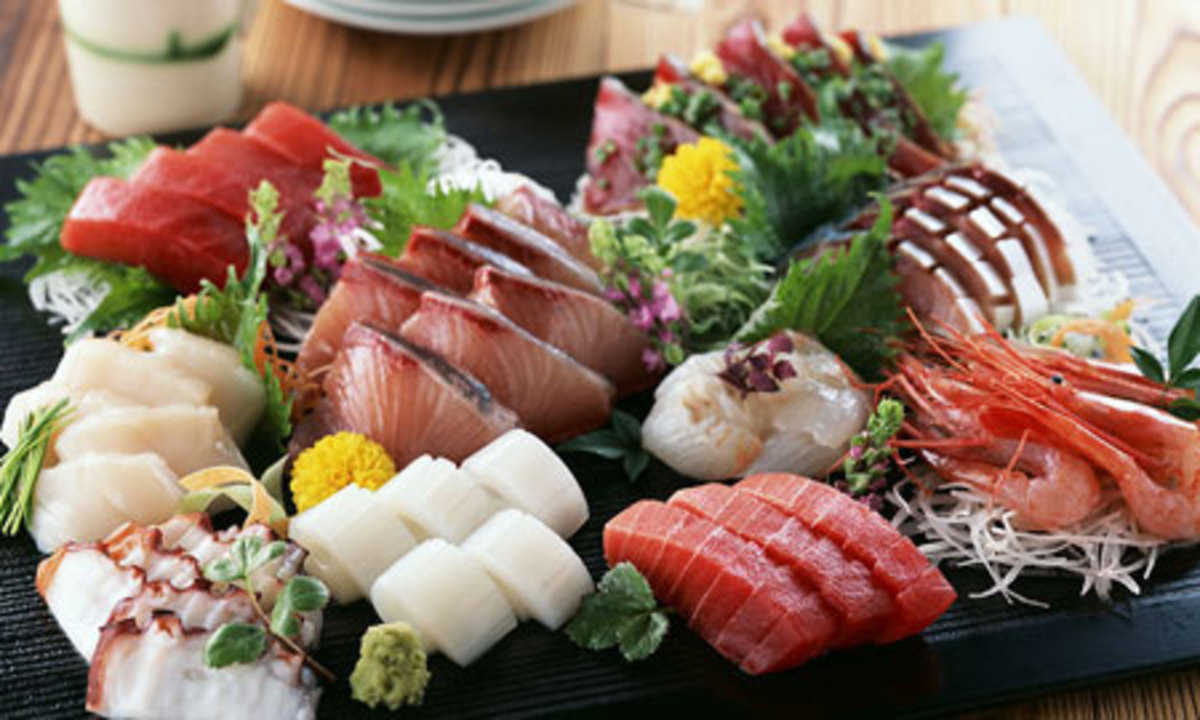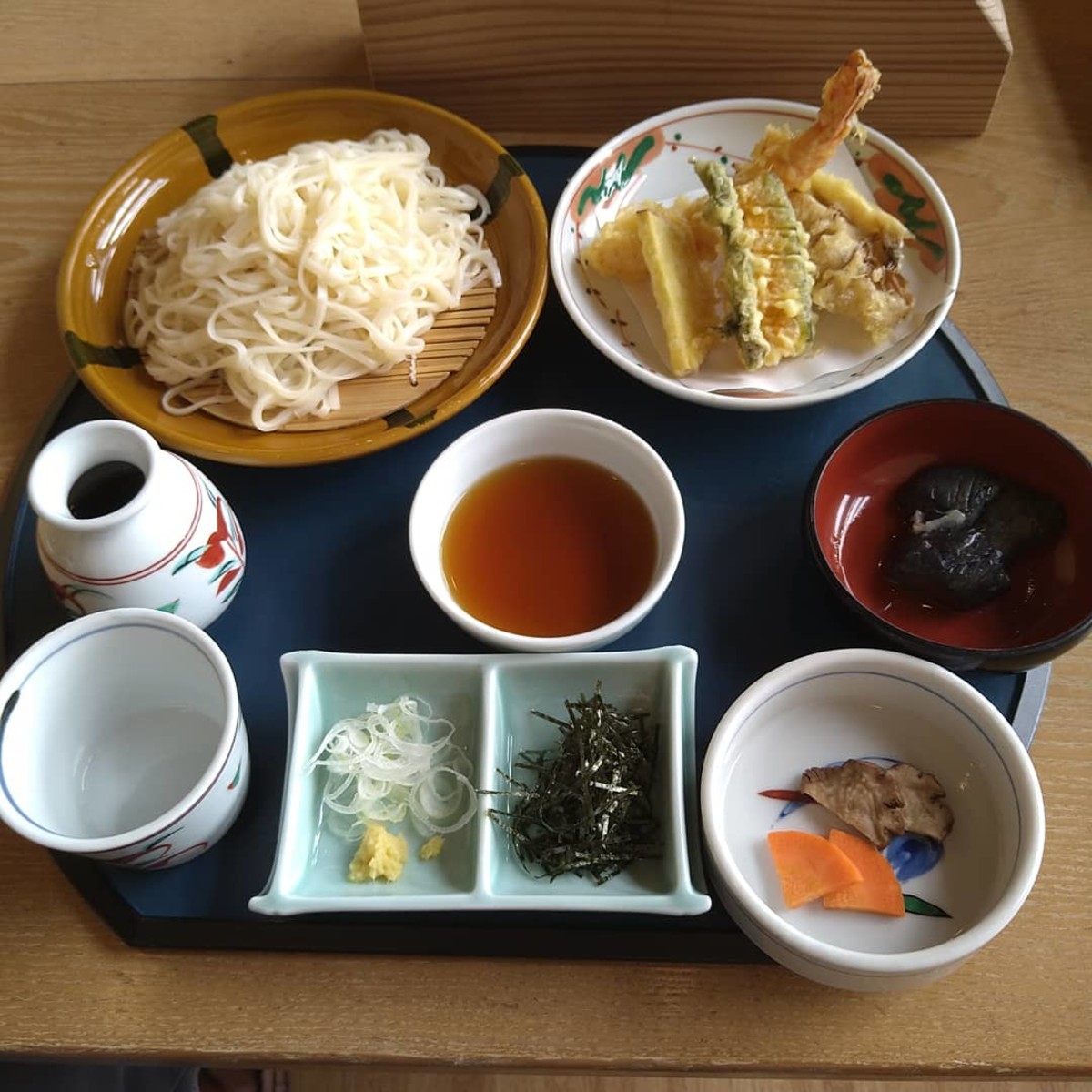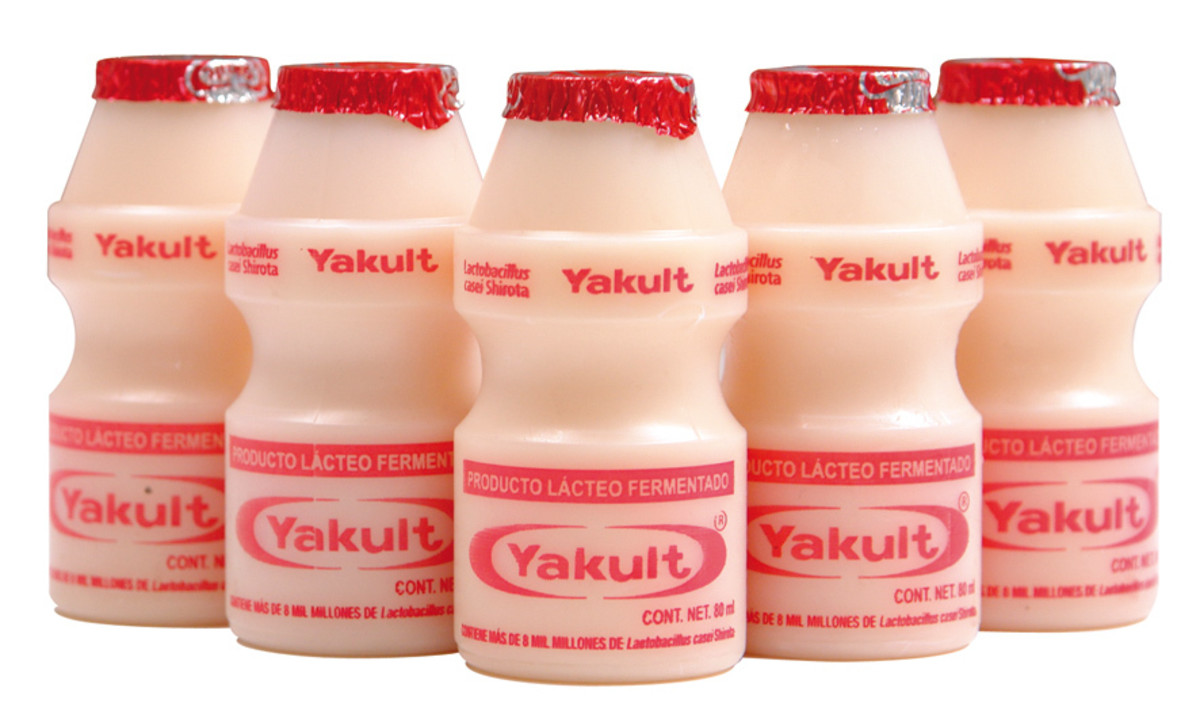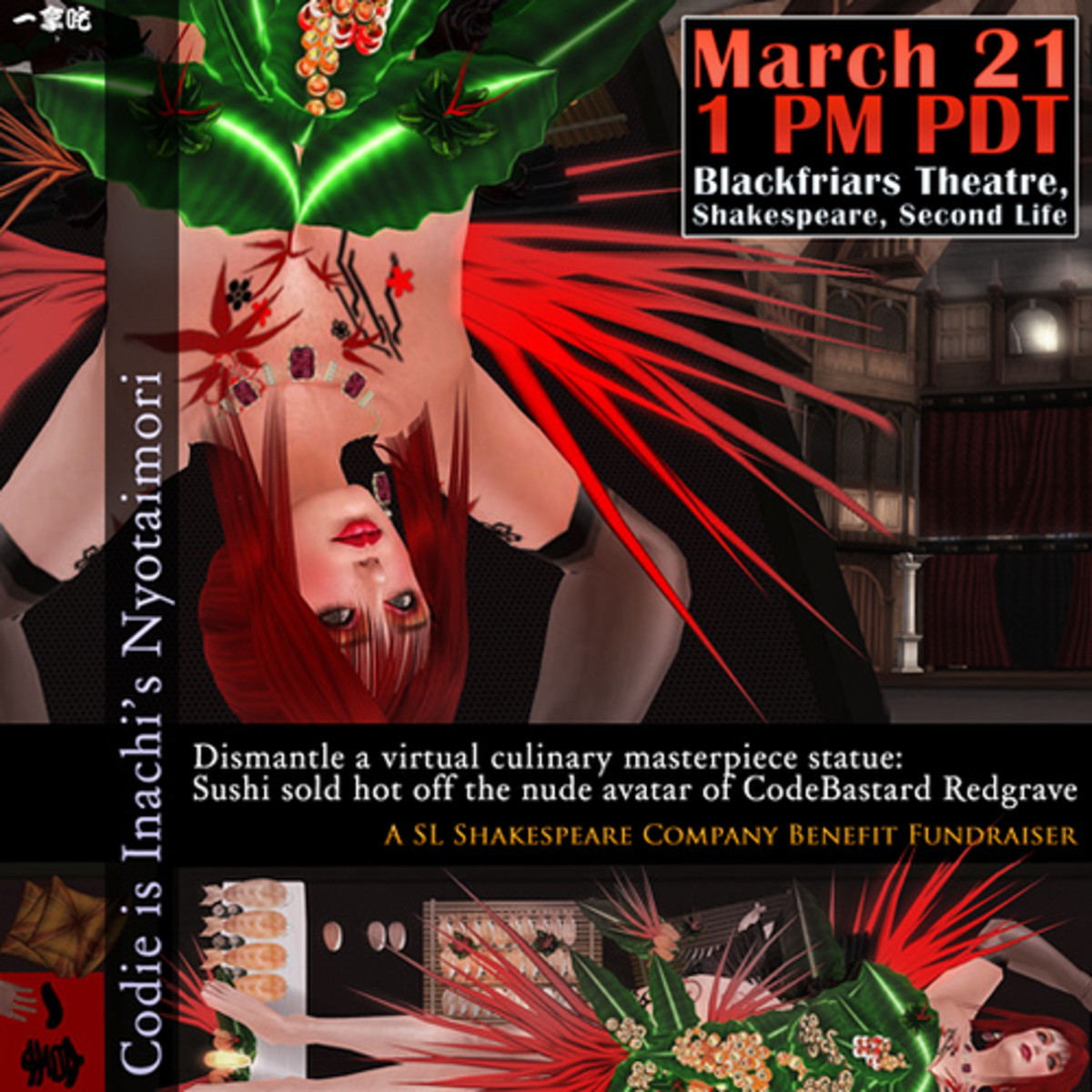- HubPages»
- Food and Cooking»
- World Cuisines»
- East Asian Cuisine
Japanese Food Is Not Just Sushi! (Part 1 of 2)
Believe it or not, I still encounter people who think that Japanese food is nothing but sushi or "raw fish." Or, they know there are more dishes than just rice with fresh fish, but they still hesitate to visit Japan because everything else "is also made with seafood."
Well, Japanese food is not just uncooked seafood. And for that matter neither is it only seafood too. While not as varied as say, Chinese cuisine, Japan does have an amazing array of dishes for a relatively small country. At the same time, the Japanese have also integrated many "foreign" dishes into its cuisine, thanks to it being a crossroad of the east and west for well over a century. To put it in another way, it's extremely unlikely a visitor to Japan would starve. Actually, I think most tourists in Japan get fat.
Here are 10 types of Japanese food to try while in Japan! With Japanese culture popular worldwide, a lot of these could also be found outside of Japan. The first of two hubs on this topic, this list introduces the more well-known dishes
If you wish to jump to Part 2 of this double post, please click here.
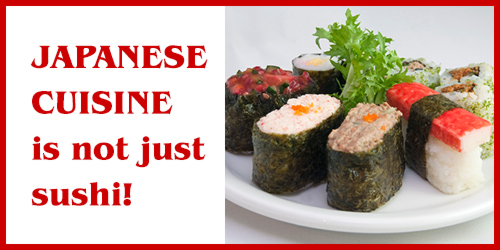
1. Noodles (麺類)
There are three types of Japanese noodles. The thickest being Udon (うどん), followed by Soba (そば), and finally Ramen (ラーメン). An institution especially in the case of Ramen, there are many ways of eating Japanese noodles. You could have it cold, mixed, dipped, stir-fried, with curry, with thin soup, or with thick bone-flavoured broth. Different toppings are available too, giving rise to even more variations. Best of all, Japanese noodles are sold affordably, with the cheapest typically 300/400 Yen per bowl at standing cafes in train stations. Do be aware of long queues at popular noodle outlets though.
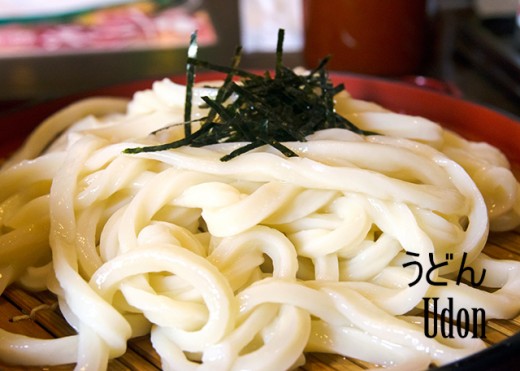
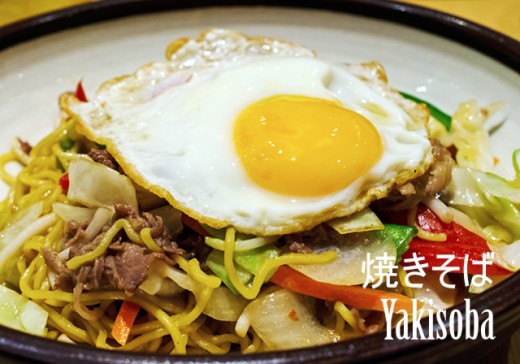
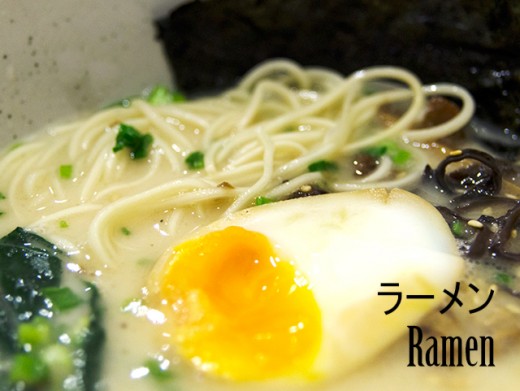
2. Takoyaki (たこ焼き)
An Osaka signature, Takoyaki are wheat batter balls cooked in a special pan, each containing a slice of octopus. They are brushed with sweet sauce during cooking and once done, garnished with bonito, seaweed flakes and ginger.
More of a snack, Takoyaki could still be a meal in itself since they are always sold in packs. Nowadays, there are also tens of varieties from using different fillings (pork, cheese etc), or from different cooking styles (brushed with Chinese sesame oil, etc). Found all over Japan, and an assured sight at outdoor festivities, this is a quick, delicious bite while enjoying the sights of Japan. It is also very popular in Izakayas, the Japanese version of small pubs.
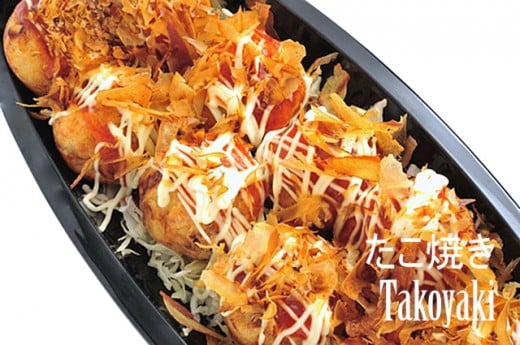
3. Okonomiyaki (お好み焼き)
Okonomiyaki translates roughly to "grill as you like it." Think of it as a savoury pancake made with wheat-based batter, and filled with cabbages, pickles, meat or seafood.
There are two ways to enjoy Okonomiyaki. You could buy a ready-made one at roadside stalls or supermarkets. Or you could go to an Okonomiyaki restaurant. In the case of the latter, you are given the batter and ingredients and you cook it yourself over a hot plate, thus making it an ideal dining experience when with friends. For first timers, it might get a bit confusing in an Okonomiyaki restaurant. Some menus items have names that do not explain themselves. Just ask for help if that happens. Japanese restaurants are legendary for their immaculate customer service.
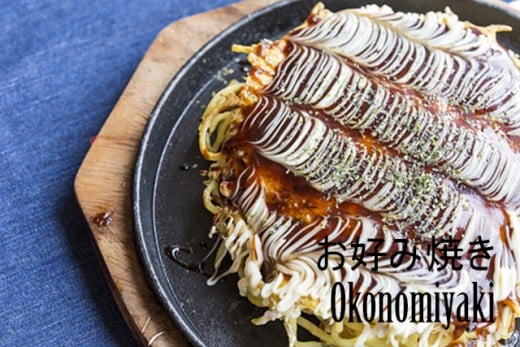
4. Don (丼)
Don, or donburi, are rice bowls with toppings. These toppings could be sliced meat, seafood, vegetables, fried stuffs, or egg-battered meats. For additional flavour, the topping is usually simmered together with the rice.
Donburi is Japanese food for the masses. Quite the same way Ramen is. There are fast food chains famous for Donburi, and all Japanese family restaurants have at least a few Donburi items on the menu. Among all the variations, Oyakodon (親子丼, battered chicken and egg topping) and Gyudon (牛丼, sliced beef and onions topping) are the commonest. Typically served in large Japanese bowls, eating Donburi is a classic oriental experience. It is also a quick, cheap and convenient way to fill up.
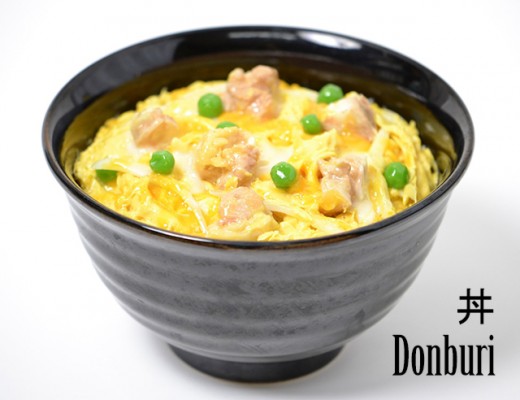
5. Curry Rice (カレーライス)
According to documentaries, curry was incorporated into the Japanese Navy food menu after the Meiji Restoration. It quickly became popular with the nation. Till today, curry is served every Friday in the Japanese armed forces.
Japanese curry is different from its Indian parent. It tends to be (much) less spicy, as well as sweeter, thus making it suitable for kids. Like other types of Japanese food, curry is usually served with rice or noodles too. You could also add on an omelette or fried meats. Lastly, some restaurants offer the option of varying the spiciness level. You could have it blazingly hot, or just mildly flavourful.
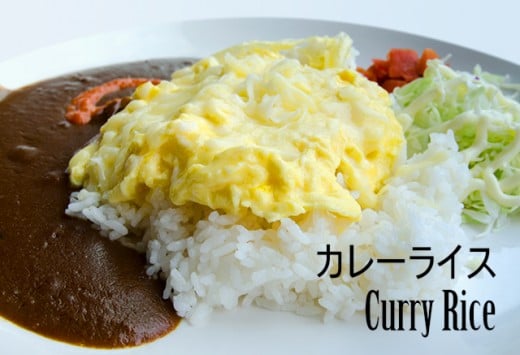
Do You Know?
Japanese curry recipes include interesting ingredients. Such as chocolate.
6. Tempura (天麩羅)
Tempura is seafood and vegetables battered then deep fried. Cooked masterfully, the tenderness and juiciness of the seafood or vegetable are retained within the crispy yellow crust. This is the so-called “locking” in of flavour.
Tempura is different from other fried foods because no breadcrumbs are used. It is also eaten with its own light sauce, and typically with grated radish. Tempura is available in Japan at different levels of pricing, with family restaurants being the most affordable, and some top-end establishments charging well over a hundred for a set. For tourists, there are thankfully many mid-tier options. A lot of which you could still sit at a counter and enjoy the sight of the chef doing his magic.
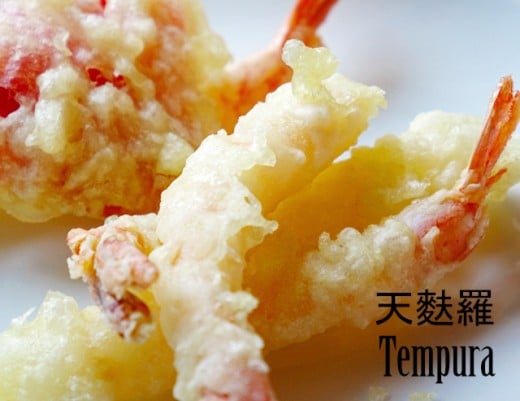
7. Oden (おでん)
Oden refers to skewered meat and vegetables cooked in a light, dashi flavoured broth. It is pure Japanese food, since ingredients s are things like fishcakes, radishes (daikon) and konjac. It is also what you eat when wanting a hot snack in the middle of the night, because many convenient stores have an Oden counter. Originally sold in food carts, there are nowadays many types of Oden. For the Chinese, Oden would feel similar to 酿豆腐, although the broth used has a noticeably sweeter aroma.
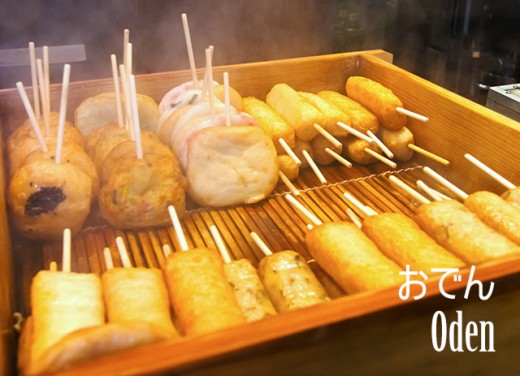
8. Teriyaki (照り焼き)
Teriyaki is usually thought of as a sweet brown sauce to be used with meat. But it is actually a cooking technique that dips the meat in the sauce a few times during the cooking process. Nowadays, Teriyaki style cooking is widely available as skewers or set meals. Donburi, mentioned above, frequently uses Teriyaki style toppings too. For the adventurous, there are various exotic offerings. Would you be interested in a Teriyaki style chicken hearts skewer?
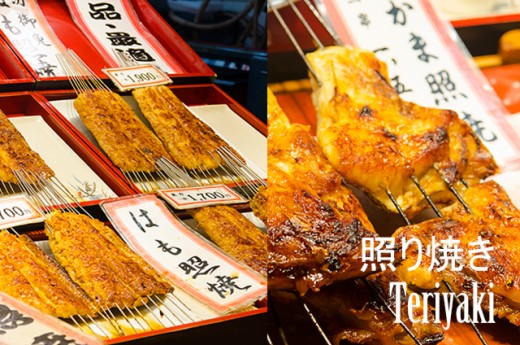
9. Kushikatsu (串カツ)
Kushikatsu is deep-fried meat and vegetables on skewers, and there is overlapping with Teriyaki as some meats are glazed with the same sweet sauce during cooking. Within Japan, the Shinsekai area of Osaka is most famous for Kushikatsu and dining in one of the noisy and colourful outlets there is a must have travel experience. Like Takoyaki, Okonomiyaki and Oden, Kushikatsu is popular snacking food too, found commonly in pubs. The skewers could also be grilled instead of fried (Kushiyaki 串焼き), and these are very popular at outdoor festivities and parks.
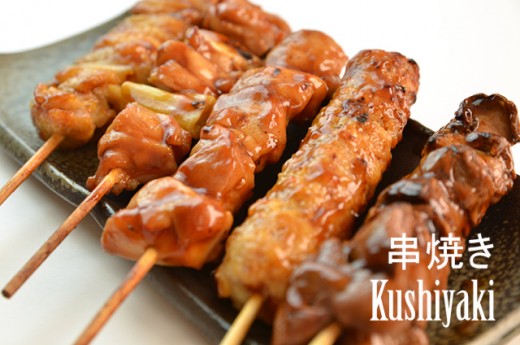
10. Kaiseki (懐石)
This is the pinnacle of Japanese dining. The haute cuisine of Japanese food. Served as a multi-course banquet, each course is elaborately decorated, often in theme with the seasons or a festival. So it is said, Kaiseki is an experience for all senses.
Kaiseki is expensive, easily running into hundreds at famous establishments. For tourists, Kaiseki is fortunately also available for lunch, or as take lunch-boxes, at much reduced prices. Many Japanese inns or Ryokans also include their own versions of Kaiseki dinner with their packages. These could be really fantastic deals. And equally as wonderful an experience as those served in restaurants. Especially the inns that are equipped with hot springs too.
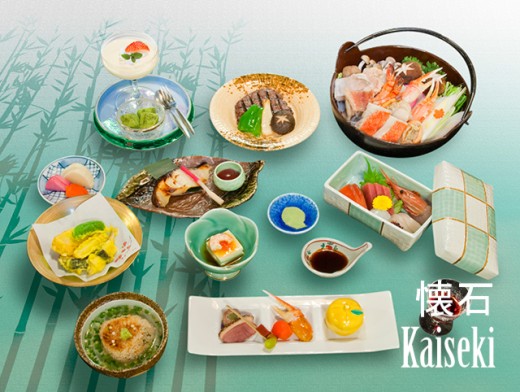
Please click here to continue to part 2 of this double post on Japanese food!
Which of these Japanese Food would you like to try?
© 2016 Ced Yong

